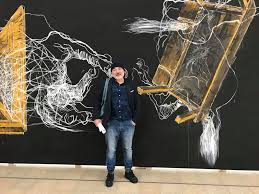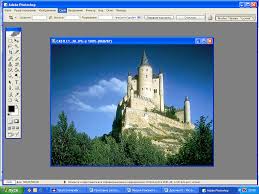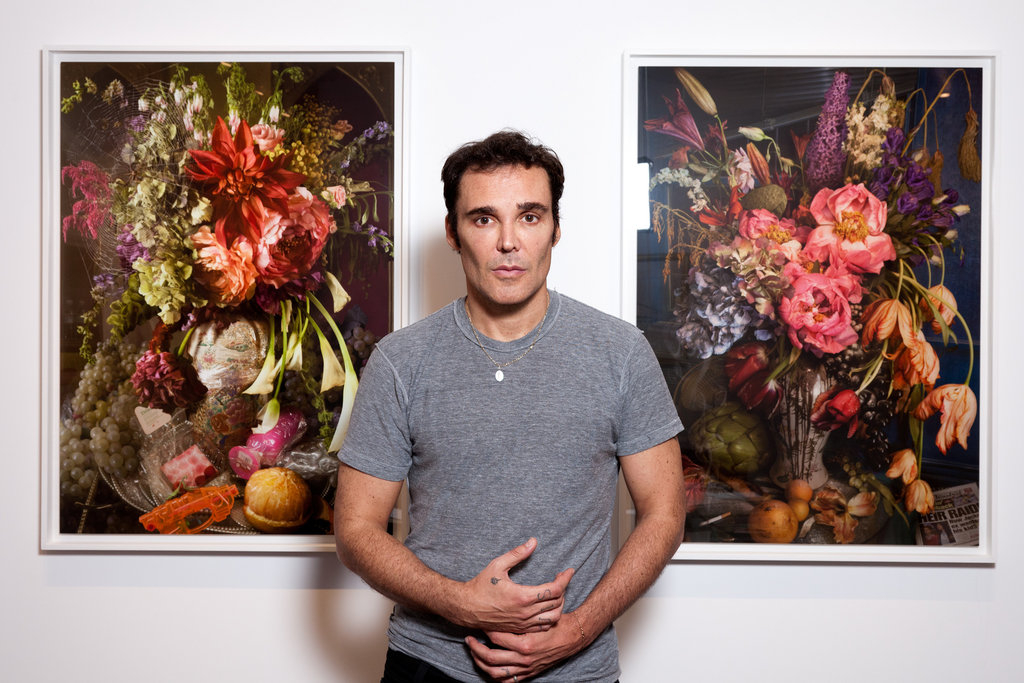Photography and art
 The value of photography as a chemical way of accurately capturing any visual objects is truly enormous in modern cultural life. Neither science is infinitely large – astronomy or astrophysics, nor any science infinitely small can do now without this wonderful eye, without photographic records that serve as translators between the still mysterious world of nature for us and our knowledge. In everyday life, photography is intertwined with our experiences, as every photographic card on the desk, every family album speaks of. The amateur photographic apparatus became the companion of a huge number of people, making fresh memories of any journey, of any events of their own life, making each a kind of artist, accustoming to collect interesting objects, interesting points of view and interesting lighting for their photographic perpetuation. Photography poured into illustrated magazines and even newspapers, and this incredibly widened the human eye, which has now become an observer of world life. But photography gained even more unheard of power when it took hold of the movement and unfolded regally in the field of cinema. Now a photograph flies thousands of kilometers instantly, like a written and sounding word. If the telegraph, telephone and radio give us a nearly comprehensive ear, then the current photograph gives us a nearly comprehensive eye.
The value of photography as a chemical way of accurately capturing any visual objects is truly enormous in modern cultural life. Neither science is infinitely large – astronomy or astrophysics, nor any science infinitely small can do now without this wonderful eye, without photographic records that serve as translators between the still mysterious world of nature for us and our knowledge. In everyday life, photography is intertwined with our experiences, as every photographic card on the desk, every family album speaks of. The amateur photographic apparatus became the companion of a huge number of people, making fresh memories of any journey, of any events of their own life, making each a kind of artist, accustoming to collect interesting objects, interesting points of view and interesting lighting for their photographic perpetuation. Photography poured into illustrated magazines and even newspapers, and this incredibly widened the human eye, which has now become an observer of world life. But photography gained even more unheard of power when it took hold of the movement and unfolded regally in the field of cinema. Now a photograph flies thousands of kilometers instantly, like a written and sounding word. If the telegraph, telephone and radio give us a nearly comprehensive ear, then the current photograph gives us a nearly comprehensive eye.
But is photography an art?
Already speaking of photographic amateurism, I partly touched on this subject.
A ridiculous prejudice emanates from the reasoning of persons who say that photography is a pure technique and therefore does not include elements of art; as if in general any kind of art outside the elements of technology is possible! Of course, a technique that does not involve any participation of human choice and creativity is not art at all, but is that photography? Yes, the eyes and hand play no less a role in it than in drawing or painting, but nevertheless, light painting allows a huge and even dominant participation of man. Let us pose the following question: is the realistic reproduction of the phenomena surrounding us generally related to art?
At first glance, this question seems ridiculous. At one time, Aristotle believed that art itself consists in imitating nature; 1 then we learned to understand what cannot be considered art, but only as a focus, an exact imitation of nature, trying to illusionistly deceive the viewer. We learned that, on the basis of natural phenomena, man creatively combines them, passes them through the “prism of his temperament,” as one of the greatest representatives of realism – Zola, 2 said concentrates the impressions of nature and thus thickens life, and thereby [ art] is becoming an important social factor. All this we know, and all this makes the question of the possibility of realistic art as if completely idle.
Meanwhile, in the last ten years, in the ten years of the decay of bourgeois culture, many, perhaps the best elements of the bourgeois art world, have gone much further than what we just talked about. First, the question was raised about the artist’s right to distort reality, to force it in its artistic reflection to completely deviate from any credibility, both in form and in color, subject to exclusively subjective trends of the artist. The artist took its elements from nature, but then acted with it imperiously, as if creating his own world in each picture.
Of course, by this, the artist was torn off from the masses, for his subjective world could remain completely incomprehensible and alien to the audience surrounding the artist.
Aware of this, subjectivist artists proudly declared that they create, in essence, not at the request of the public, that they are primarily lyricists expressing their own personality.
This was already reflected in the decomposition of bourgeois culture, but it also helped the subjective artist: a significant part of his audience was also subjective and ready to admire works of art not as a unifying and organizing center, but as a center of extreme originality, as a moment enriching with its whimsical individuality.
However, as soon as socially organized lower classes come to replace the obsolete social elites, they immediately begin to demand unifying and organizing moments from art. They do not at all want to be likened to the builders of the Tower of Babel, whose languages are mixed, and to admire the inarticulate sounds and inarticulate spots. They have a more serious matter, they need the artist to orient them in life, they are relatively little interested in the capricious bends of their own bowels, but they are keenly interested in the environment, which they feel are creators and conquerors. The unifying language is the language of reality.




